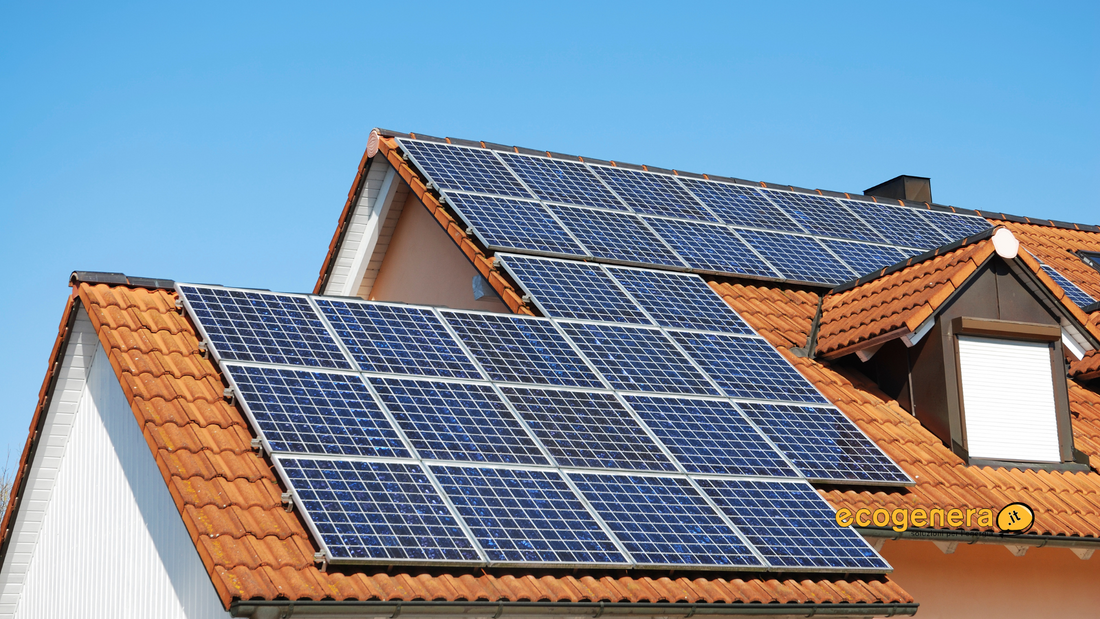
Photovoltaic in 2025: How Much Can You Save and What Are the Best Solutions?
Share
Introduction
Photovoltaic continues to be one of the best solutions to reduce energy costs and increase independence from the electricity grid. But what's new for 2025? In this article we analyze the advantages of photovoltaic systems, the new incentives and the most advanced technologies to maximize savings.
1. Why is Photovoltaic Still Worthwhile in 2025?
In recent years, utility bills have increased significantly, making it increasingly advantageous to invest in a solar system. In 2025, photovoltaics offer three major benefits:
- Immediate savings on your bill: The energy produced is consumed directly, reducing the withdrawal from the grid.
- Incentives and tax breaks: The State continues to support the installation of systems for individuals and companies.
- Sustainability and independence: Photovoltaics reduces environmental impact and dependence on energy suppliers.
2. Photovoltaic with Storage: Is it Worth It in 2025?
One of the most interesting developments is the use of storage batteries, which allow the energy produced during the day to be stored and used in the evening or at times of greater demand.
Advantages of storage batteries
- Greater self-consumption: The energy produced is used even when the sun is not shining.
- Reduced grid dependence: Less exposure to energy price fluctuations.
- Continuity in the event of a blackout: Some systems allow you to maintain power even in the event of a grid failure.
The most advanced batteries on the market today offer a lifespan of more than 15 years and increasingly higher energy efficiency.
3. Technological Innovations for Photovoltaics in 2025
Solar technology is constantly evolving, and in 2025 we find some key innovations:
- High efficiency photovoltaic panels: New silicon modules with efficiency greater than 22%.
- Microinverters and Power Optimizers: Greater efficiency in production management.
- Advanced monitoring systems: Real-time control of production and consumption via app.
These solutions allow to maximize the system performance, reducing the investment payback times.
4. How Much Does a Photovoltaic System Cost in 2025?
The cost of a system depends on the installed power and the presence of a storage system. Here is an estimate of average prices:
| System power | Average cost without accumulation | Average cost with accumulation | Estimated annual savings |
|---|---|---|---|
| 3kW | 5.000 - 7.000 € | 9.000 - 11.000 € | 700 - 1.000 € |
| 6 kW | 8.000 - 10.000 € | 14.000 - 16.000 € | 1.200 - 1.500 € |
| 10 kW | 12.000 - 14.000 € | 18.000 - 22.000 € | 2.000 - 2.500 € |
Payback period:
- Without battery: 5-7 years.
- With battery: 7-10 years.
With current electricity rates and incentives, photovoltaic remains a convenient choice even in the long term.
5. Incentives and Tax Deductions for Photovoltaics in 2025
In 2025, the government still offers several incentives for those who install a photovoltaic system. Here are the main benefits available:
- 50% tax deduction for residential systems.
- Reduced VAT at 10% for purchase and installation.
- Superbonus for some categories of buildings (to be verified based on updated regulations).
These incentives significantly reduce the initial cost of the system and improve economic convenience.
6. When is it convenient to install photovoltaic systems?
Photovoltaic is the ideal solution if:
- You have a house with a roof that is well exposed to the sun.
- You consume energy mostly during the day.
- You want to reduce your energy costs and protect yourself from rising bills.
- Do you want to increase the value of your home with a sustainable system?
Conclusion
Investing in photovoltaics in 2025 is still a winning choice. With new technologies, incentives and increasingly efficient storage systems, it is possible to save thousands of euros on bills and contribute to a more sustainable future.
If you are thinking of installing a photovoltaic system, evaluate the best available solutions and take advantage of incentives to make the investment even more convenient.
